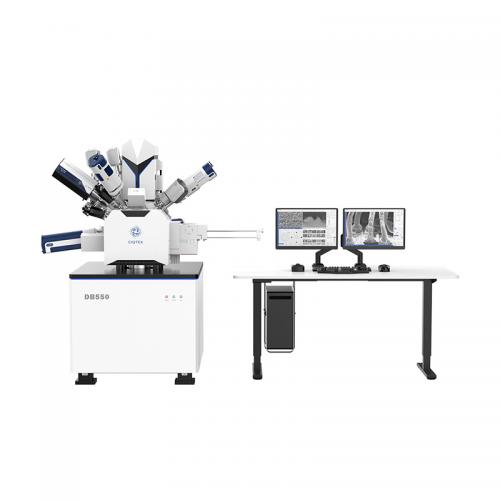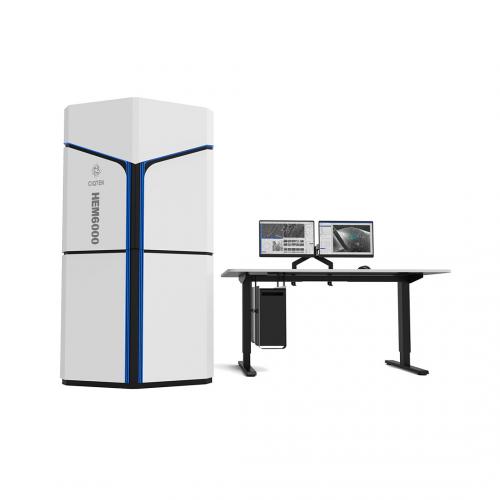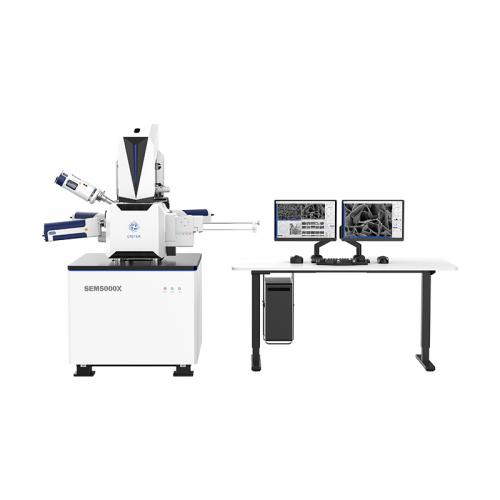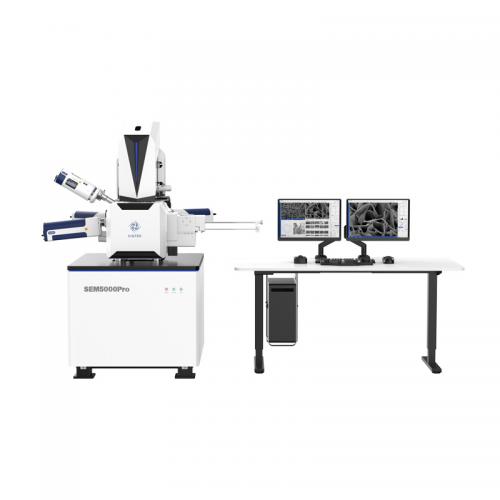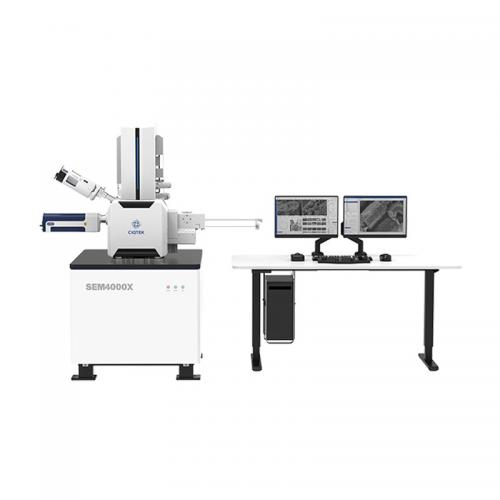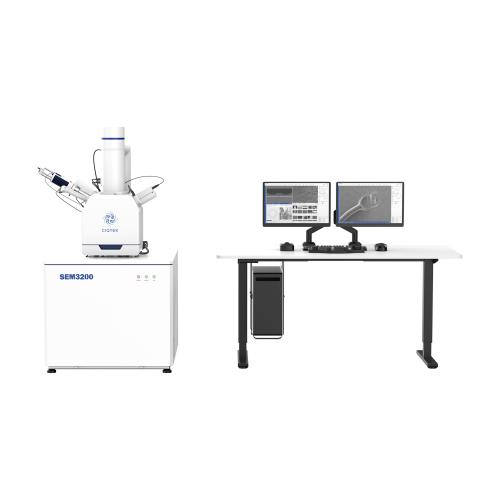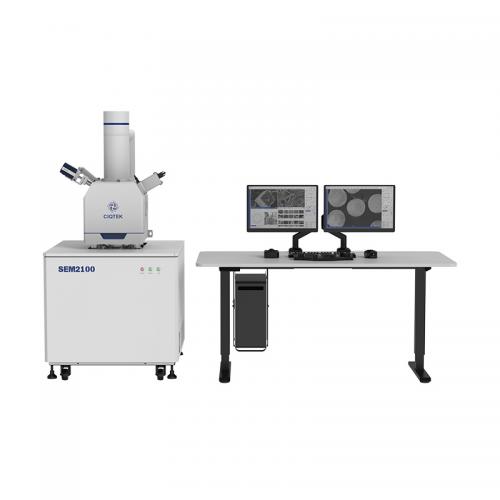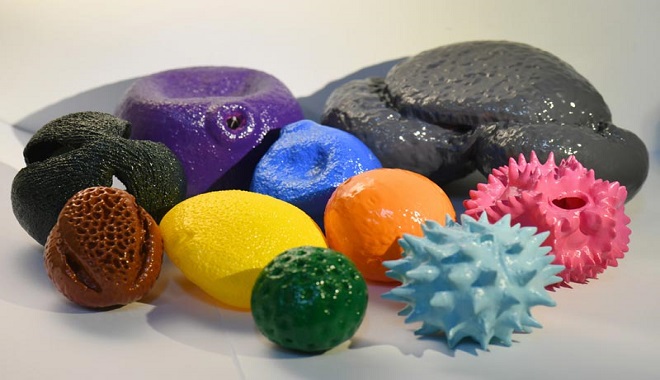Explore Pollen Micromorphology - Scanning Electron Microscope (SEM) Applications
In scientific research, pollen has a wide range of applications. According to Dr. Limi Mao, Nanjing Institute of Geology and Paleontology, Chinese Academy of Sciences, by extracting and analyzing different pollen deposited in the soil, it is possible to understand which parent plants they came from respectively, and thus infer the environment and climate at that time. In the field of botanical research, pollen mainly provides microscopic reference evidence for systematic taxonomy. More interestingly, pollen evidence can also be applied in criminal investigation cases. Forensic palynology can effectively corroborate the facts of a crime by using pollen spectrum evidence on the suspect's accompanying clothing and at the crime scene. In the field of geological research, pollen has been widely used in reconstructing vegetation history, past ecology, and climate change studies. In archaeological studies exploring early human farming civilizations and habitats, pollen can help scientists understand the history of early human domestication of plants, what food crops were cultivated, etc. Fig. 1 3D pollen model picture (taken by Dr. Limi Mao, product developed by Dr. Oliver Wilson) The size of pollen varies from a few microns to more than two hundred microns, which is beyond the resolution of visual observation and requires the use of a microscope for observation and study. Pollen comes in a wide variety of morphologies, including variations in size, shape, wall structure, and ornamentation. The ornamentation of pollen is one of the key bases for identifying and distinguishing pollen. However, the resolution of the optical biological microscope has physical limitations, it is difficult to precisely observe the differences between different pollen ornamentation, and even the ornamentation of some small pollen cannot be observed. Therefore, scientists need to use a scanning electron microscope (SEM) with high resolution and large depth of field to obtain a clear picture of pollen morphological features. In the study of fossil pollen, it is possible to identify the specific plants to which the pollen belongs, so as to more accurately understand the vegetation, environment, and climate information of the time. The Microstructure of Pollen Recently, researchers have used the CIQTEK Tungsten Filament SEM3100 and the CIQTEK Field Emission SEM5000 to microscopically observe a variety of pollen. Fig. 2 CIQTEK Tungsten Filament SEM3100 and Field Emission SEM5000 1. Cherry blossom Pollen grains spherical-oblong. With three pore grooves (without treated pollen, the pores are not obvious), the grooves reach both poles. Outer wall with striate ornamentation. 2. Chinese violet cress (Orychophragmus violaceus) Chinese violet cress pollen morphology is ellipsoidal, with 3 grooves, the surface has a reticulated pattern, and the mesh size varies. 3. Ottelia Pollen grains are rounded, wit...















